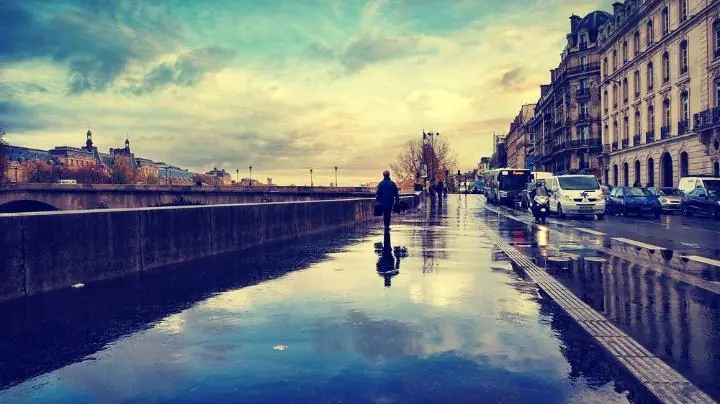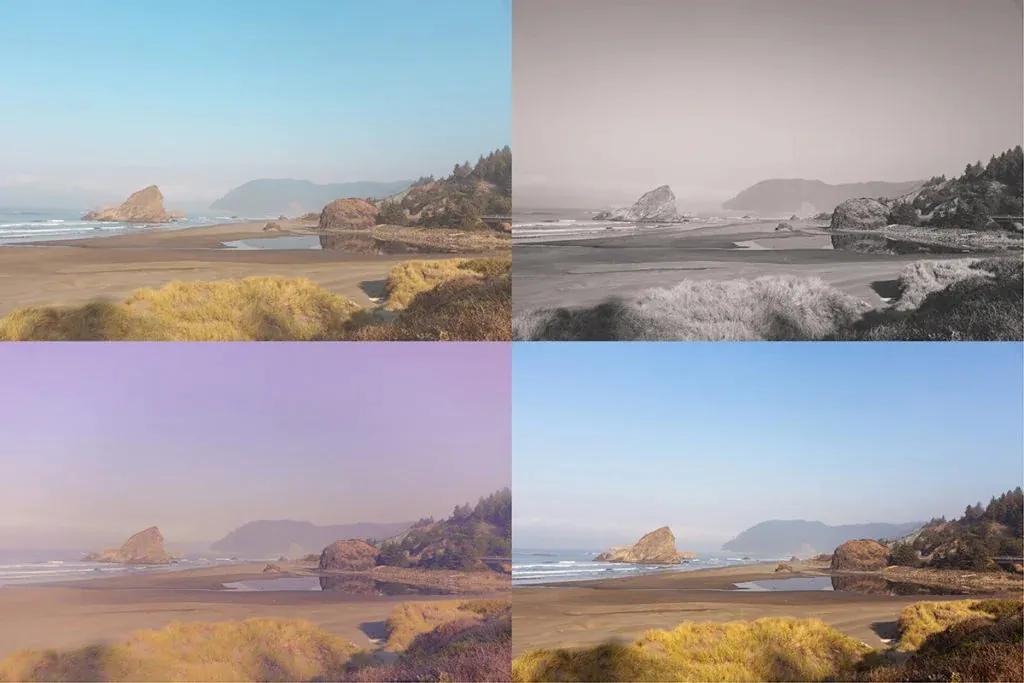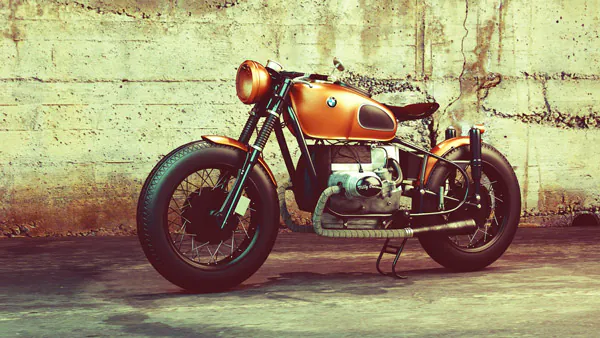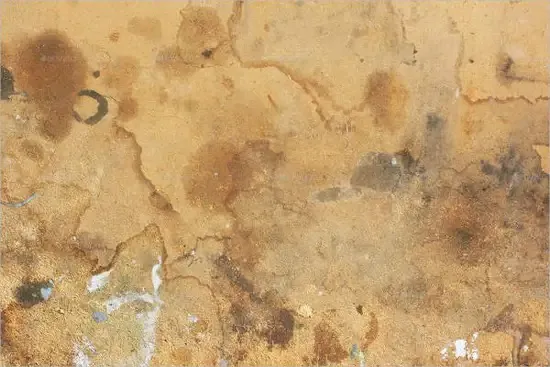
How to Recreate Nostalgic Vibes with Retro Photo Editing
The nostalgic appeal of vintage aesthetics is unquestionably alluring in the age of digital photography, where high-definition photographs and immaculate perfection rule the visual landscape. Retro photo editing transports us back in time by bringing back feelings and recollections from a bygone age. Retro photo editing is an art form that can take us back in time and arouse feelings of wistful longing, whether because of the warmth of vintage tones, the gritty textures, or the eternal appeal of film-inspired effects.
Choosing the Retro Style
When venturing into retro photo editing, the first step is to choose the specific retro style that aligns with your creative vision. Each era has distinct characteristics and visual aesthetics, offering various options to explore. Whether you’re drawn to the vibrant colours of the 1960s, the soft pastels of the 1980s, or the timeless black-and-white elegance of the early 20th century, selecting the retro style sets the tone for the entire editing process.
It’s important to immerse yourself in the era’s aesthetics you wish to recreate to make an informed choice. Look for inspiration in vintage photographs, movies, fashion, and art from that particular period. Pay attention to the colour palettes, lighting styles, and overall mood that define the era. That will enable you to comprehend your chosen retro style’s visual language and design elements.
Consider the cultural context of the era as well. Each period has unique influences and trends, whether the psychedelic patterns of the 1960s counterculture or the sleek and futuristic aesthetics of the 1980s. Understanding these cultural nuances will allow you to infuse your editing process with authenticity, capturing the era’s essence and resonating with viewers familiar with that particular period.
Remember that your retro style should align with your creative vision and the story you want to convey through your photos. Think about the emotions and nostalgia you want to evoke in your viewers. Whether aiming for a whimsical vintage look or a gritty and authentic representation, selecting the right retro style will guide the editing process.
Capturing Authentic Colors
One of the key elements in recreating nostalgic vibes through retro photo editing is capturing authentic colours that reflect the chosen era. Colours are vital in setting the mood and evoking specific emotions associated with a particular time. To achieve this, it’s important to adjust the colour grading to bring forth the authentic hues of the retro style.
Start by analyzing vintage photographs and artworks from the era you’ve chosen. Observe the colour palettes prevalent during that time and note any unique characteristics. For instance, the 1960s might be known for its bold and vibrant hues, while the 1970s may feature earthy tones and warm colour schemes. Understanding these distinct colour profiles will help guide your editing process.
Reducing saturation is often a key step in retro photo editing. Retro aesthetics have a slightly muted or faded appearance compared to the vibrant colours of modern digital photography. You can achieve a more authentic retro look by selectively desaturating certain colours or the overall image.
Adding a subtle fade can further enhance the vintage feel. That can be done through contrast, highlights, and shadow adjustments to create a gentle softening effect. But be careful of overdoing it, as the goal is to replicate the natural ageing and film characteristics rather than making the image appear washed out.
Applying colour filters or adjusting the white balance can also contribute to capturing authentic colours. Depending on the era and the desired effect, you may introduce specific colour casts or manipulate the temperature and tint settings to mimic the colour characteristics of vintage film stocks.
Adding Film-inspired Effects
Incorporating film-inspired effects is essential to recreate nostalgic vibes in retro photo editing. Film photography has a distinct charm characterized by its imperfections, textures, and unique characteristics. By emulating these qualities, you can add an authentic touch to your digital images and transport viewers back in time.
One of the most popular film-inspired effects is film grain. Film grain overlays replicate the textured appearance of analogue film, adding a subtle grain pattern to the image. This effect enhances the retro aesthetic and introduces a tactile quality that evokes a sense of nostalgia and authenticity.
Light leaks are another hallmark of film photography. These accidental exposures of light onto the film create ethereal and dreamy effects. You can add light leaks digitally by overlaying transparent images of light leaks onto your photo. Experiment with different intensities and colours to find the perfect balance that enhances the nostalgic atmosphere.
Vignetting is yet another film-inspired effect that can enhance the retro feel of your images. It involves darkening the corners of the photo, mimicking the natural vignetting caused by vintage lenses or indecent exposure. Vignetting draws attention to the centre of the image, creating a sense of focus and adding depth.
Other film-inspired effects include colour shifts, which mimic the colour characteristics of specific film stocks, and lens flares, which recreate the flare effect caused by light entering the camera lens. These effects can be selectively applied to certain areas or the entire image, depending on the desired result and the aesthetic you want to achieve.
Embracing Era-specific Composition
In retro photo editing, embracing era-specific composition techniques is crucial to authentically recreate the visual language and aesthetics of the chosen era. Composition plays a vital role in conveying a photograph’s atmosphere and storytelling elements. Incorporating era-specific composition techniques can enhance the retro feel and evoke nostalgia.
One of the key aspects of era-specific composition is paying attention to symmetry and balance. Different eras may have different preferences regarding symmetrical or asymmetrical designs. For example, the mid-century modern era often embraced clean lines and symmetrical arrangements, while the 1960s saw a rise in more experimental and asymmetrical compositions. Researching the composition styles popular during the era you’re focusing on will guide your creative choices.
Leading lines are another element to consider. These lines within the photograph guide the viewer’s eye and create depth and movement. Incorporating leading lines prevalent during the chosen era, such as railway tracks, roads, or architectural lines, can add visual interest and authenticity to the composition.
Framing elements within the photograph can also contribute to the retro aesthetic. That is achieved using objects, architectural details, or natural surroundings to frame the image’s main subject. The framing adds depth and visual layers, drawing the viewer’s attention to the focal point while providing context and visual storytelling.
Furthermore, consider the era’s props, clothing, and hairstyles when composing your retro-inspired photographs. These details can have a meaningful impact on the image’s overall authenticity and nostalgic feel. Incorporate era-specific props or style the subjects in vintage clothing to transport viewers back and evoke a strong connection to the chosen era.
By embracing era-specific composition techniques, you can elevate your retro photo editing to new levels of authenticity and evoke a genuine sense of nostalgia. Symmetry, leading lines, framing, and attention to era-specific details will bring your images to life and immerse viewers in the visual language of the chosen era.
Infusing Vintage Textures
Infusing vintage textures is crucial to fully immerse viewers in the nostalgic vibes of retro photo editing. Vintage textures add depth, character, and tangible quality to digital images, replicating the physical characteristics of vintage photographs and enhancing the overall retro aesthetic.
One popular technique is applying aged paper or distressed surfaces as overlays. These textures mimic the wear and tear that occurs over time, such as creases, stains, or scratches on old photographs. By carefully blending these overlays into your images, you can create the illusion of a vintage print and evoke a sense of history and authenticity.
Simulating film emulsion is another effective way to infuse vintage textures. Film emulsion overlays replicate different film stocks’ unique patterns and grain structures. They add a tactile quality and contribute to the overall nostalgic atmosphere of the image. Experiment with different film emulsion overlays to find the one that best matches the era and aesthetic you’re aiming for.
Texture overlays can also replicate the physical characteristics of vintage cameras, lenses, or darkroom processes. For example, you can add the texture of a ground glass viewfinder or simulate the grainy texture of specific lens coatings. These details contribute to the overall authenticity and evoke a sense of nostalgia for the tools and techniques used during the chosen era.
When using vintage textures, it’s important to strike a balance. Apply the overlays subtly, ensuring they enhance the image without overpowering it. Adjust the opacity, blending modes, and masking to achieve the desired effect. Remember that the goal is to replicate the charm of vintage textures while maintaining the focus on the subject and the overall composition.
By infusing vintage textures into your retro photo editing, you can transport viewers to a bygone era and evoke a sense of nostalgia and authenticity. Aged paper, film emulsion, and other vintage-inspired textures add a tangible quality to your digital images, enhancing the retro aesthetic and creating a visual experience that resonates with viewers.
Conclusion
In conclusion, recreating nostalgic vibes with retro photo editing involves carefully selecting the retro style, adjusting colour grading, adding film-inspired effects, embracing era-specific composition techniques, infusing vintage textures, and embracing personalization. These steps can evoke emotions and memories associated with a bygone era, creating visually captivating and nostalgic images.








